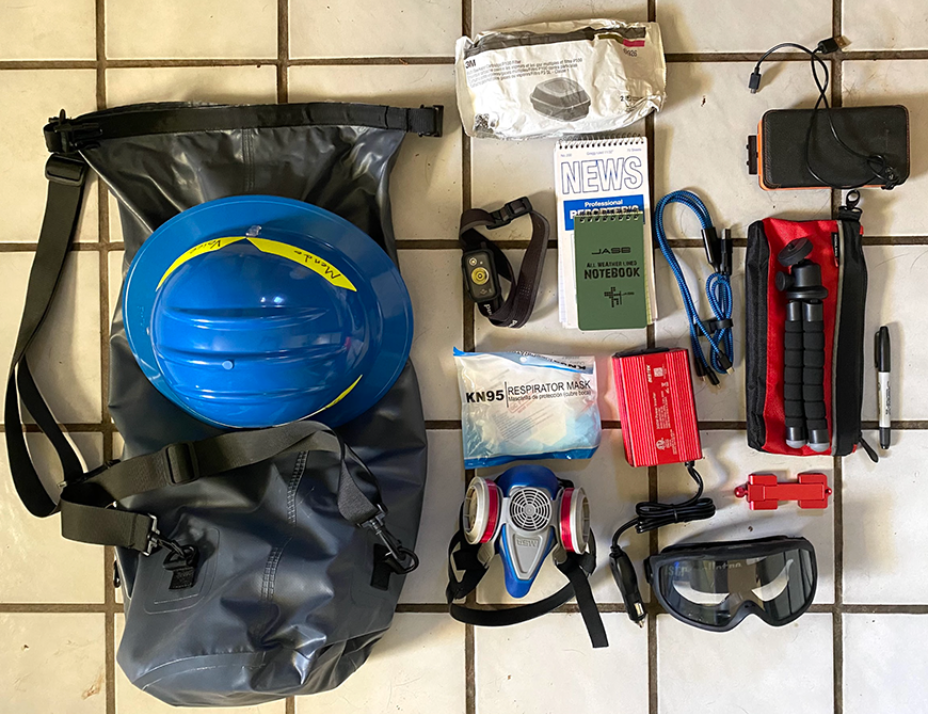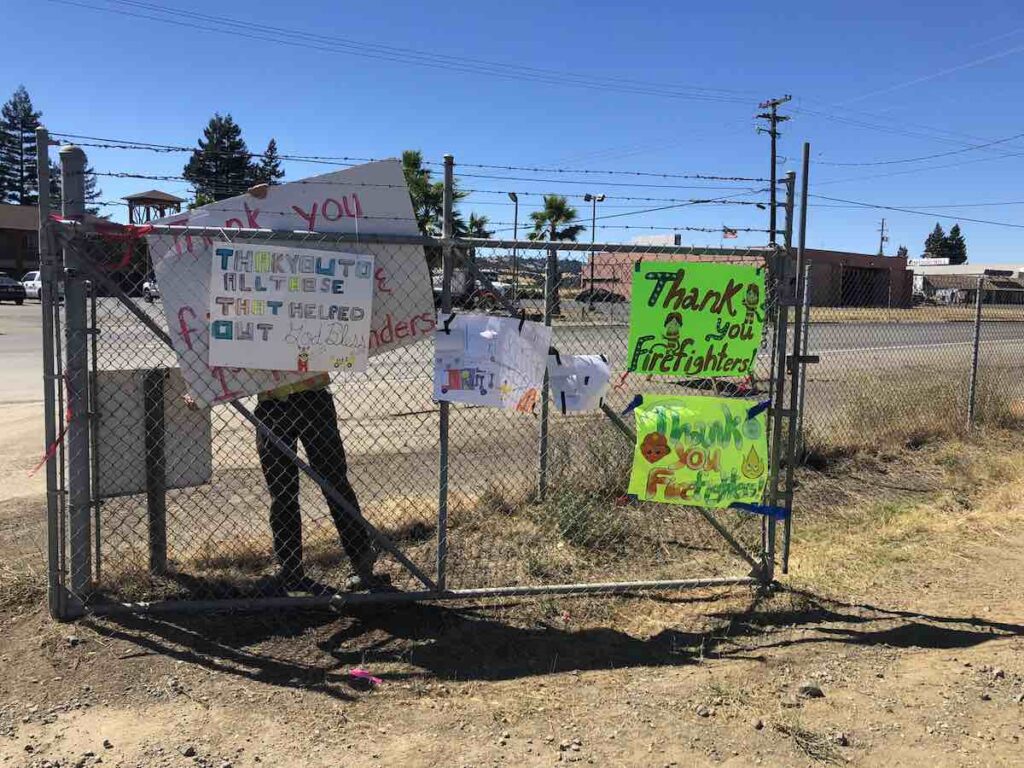Emergency Reporting Toolkit
Who this is for
This toolkit is focused on providing tools and strategies for local journalists and newsrooms covering an emergency or disaster in the community in which they live. Its goal is to identify best community-centered practices to prepare news outlets for covering a disaster and serving different audiences with the essential information they need. As with any emergency, preparing in advance is always recommended — but this guide also includes tips and tools to help journalists during and after a disaster occurs.
The timeline of events from initial warnings to first impacts, to the recovery and rebuilding stage, can vary significantly depending on your circumstances: a fire caused by human error could start unexpectedly and grow rapidly on the first day, but then continue to burn and grow for weeks or months, whereas an approaching hurricane may allow for advanced warning of several days, and be over in a matter of hours. In most cases, however, the recovery and rebuilding process can take months or years.
While covering a disaster, it is essential to make sure that your own physical and mental safety is prioritized, which can seem difficult while undertaking the work of reporting in your community. This guide focuses on ways that reporters and newsroom leaders can prepare and provide resources and support while doing that work.
How to use the guide
The toolkit is intended as a customizable resource for newsrooms and includes basic templates and tools in Google Docs and Sheets that you can copy and change, such as an emergency equipment checklist, source list, grant tracker, and exercises to help you prepare and stay organized during your coverage. This guide also contains tips for reporting before, during, and after and emergency. You can also download the full toolkit and guide as a pdf here.
If possible, set aside dedicated time to begin to prepare in advance, including creating shared source lists and maps, identifying possible emergency scenarios, making contacts and preparing equipment, and participating in training specific to your area or for different types of emergencies. As with any emergency response, preparation is key to being able to respond in the moment — and will help allow you to be flexible and adapt to unexpected needs that will inevitably arise.
If you’re interested in participating, have suggestions or contributions for the guide, or want to support this project, get in touch at [email protected] or contact us here.
Defining an emergency for your news outlet
Establishing your definitions of emergency and disaster coverage in advance can help prepare you to establish internal policies and procedures for covering breaking news, or to strategize around the best use of resources for your news outlet. Individual reporters or small news outlets may not be able to provide real-time reporting, daily weather reports, or investigative projects into recovery funding, but thinking through what circumstances might require an emergency response and how you can provide information will help guide your approach.
Depending on the size of your news outlet or the current scope of your coverage, this could include deciding that you will not begin to devote reporting resources to emergencies unless they impact your immediate coverage area, to begin reporting when significant property or life is at risk, when a press conference occurs, or outside resources have been deployed.






